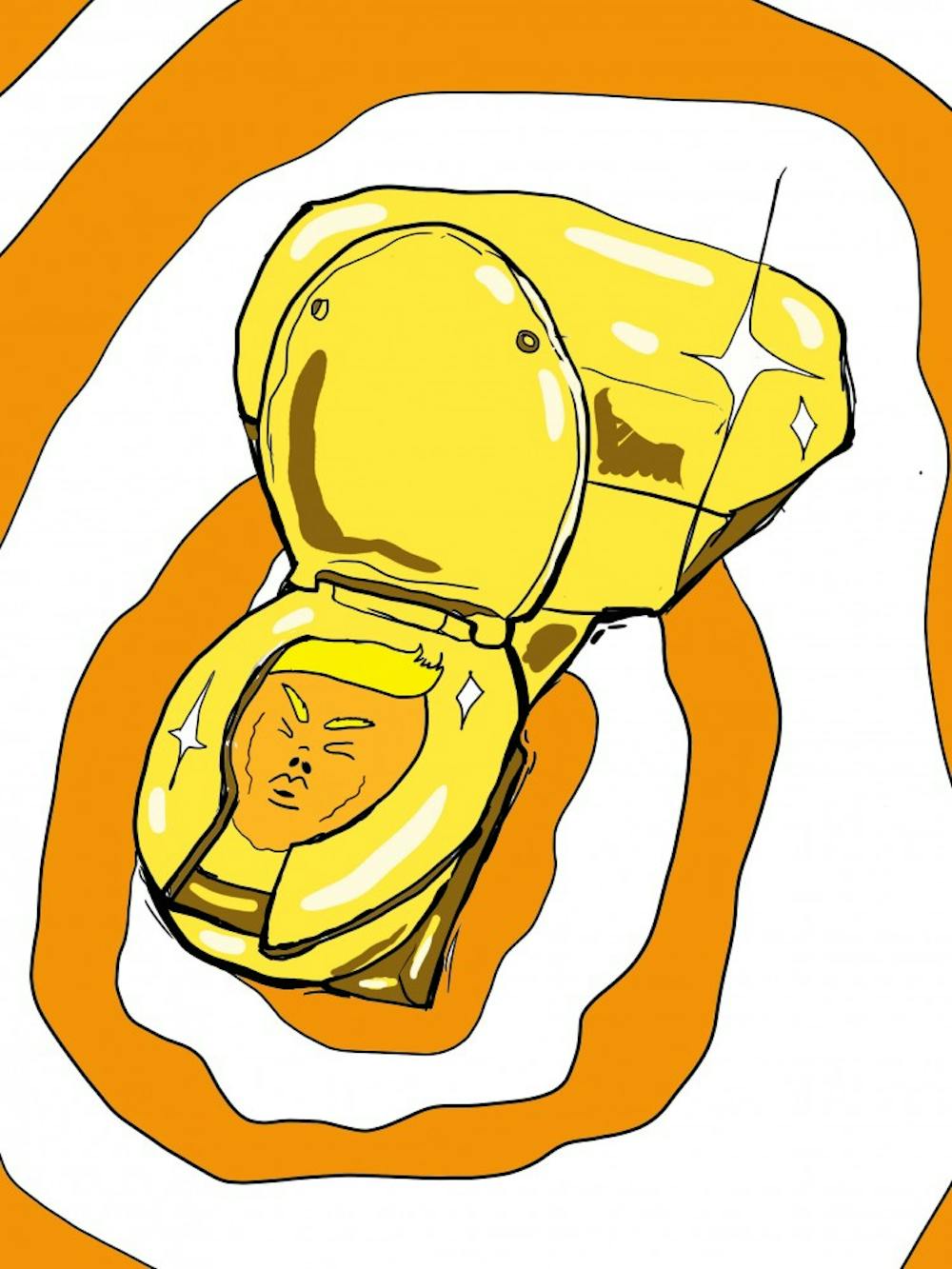Many works of art are packaged in political context. So, when a president chooses art to decorate the White House, his choices should be accounted for and make conscientious use of that context.
When President Trump and the first lady requested Van Gogh’s “Landscape with Snow” from the Solomon R. Guggenheim Museum in New York City for display in their private living quarters, we struggled to identify the political context in this choice.
At best, you could stretch the selection of Van Gogh's work as a means to emphasize issues of mental health, given the artist is known to have struggled extensively with mental health and that the National Institute of Mental Health estimates one in six adults in the United States lives with a mental illness.
But the Editorial Board believes such a stretch should not be necessary. Presidents should use art to the fullest extent of its capabilities, which include both cultural celebration and political progress.
The Guggenheim's curator, Nancy Spector, who has written about her negative feelings about the Trump administration on her social media and on the museum’s website, wrote a piece suggesting a a solid gold toilet titled “America” by Maurizio Cattelan instead of the Van Gogh for Trump.
The sculpture has been described by Cattelan himself as “1 percent art for the 99 percent,” making it a very poignant piece to suggest for the richest president in the history of our country.
Why pay attention to art, though? What bearing do the president’s artistic tastes have on his ability to serve this country?
Consider the opportunity the decoration of the White House presents. With the works and artists they select, presidents have the chance to reinforce their commitment to the people and causes they feel deserve their support.
Presidents should use the privilege of their resources in art curation to make statements that emphasize their values or express a timely message.
It also seems fair to expect that American presidents should use this opportunity to promote American art. This is not to say that the White House art collection should not exhibit global or multicultural awareness – presidents should certainly honor a diverse range of culture in their selections.
It seem right to emphasize, though, this diversity ought to be delivered primarily by American artists who can best exemplify what those cultural intersections look like from the perspective of someone living in this country.
Furthermore, even in a place as restricted and formal as the White House, and perhaps especially in such a place, the celebration and display of art should be as publicly accessible as possible.
By publicly accessible, the art that is displayed in the home of the nation’s highest elected public servant should reflect dedication to that public, even if many of us will never visit the White House.
It is an established tradition that the first family can select the art with which it wishes to decorate the White House, including in private living quarters. The Obamas, for example, chose works by Edgar Degas, Mark Rothko and Glenn Ligon.
On the count of public accessibility, at least, the Editorial Board takes issue not with the Trumps specifically but with the principle of removing art from the public eye. We do not believe that presidents should abstain from decorating their living quarters at all, but that they should take care not to interfere with access to public favorites like Van Gogh or Degas.
Art is a public good. Presidents should aim neither to limit its access nor to squander its potential to promote change.




